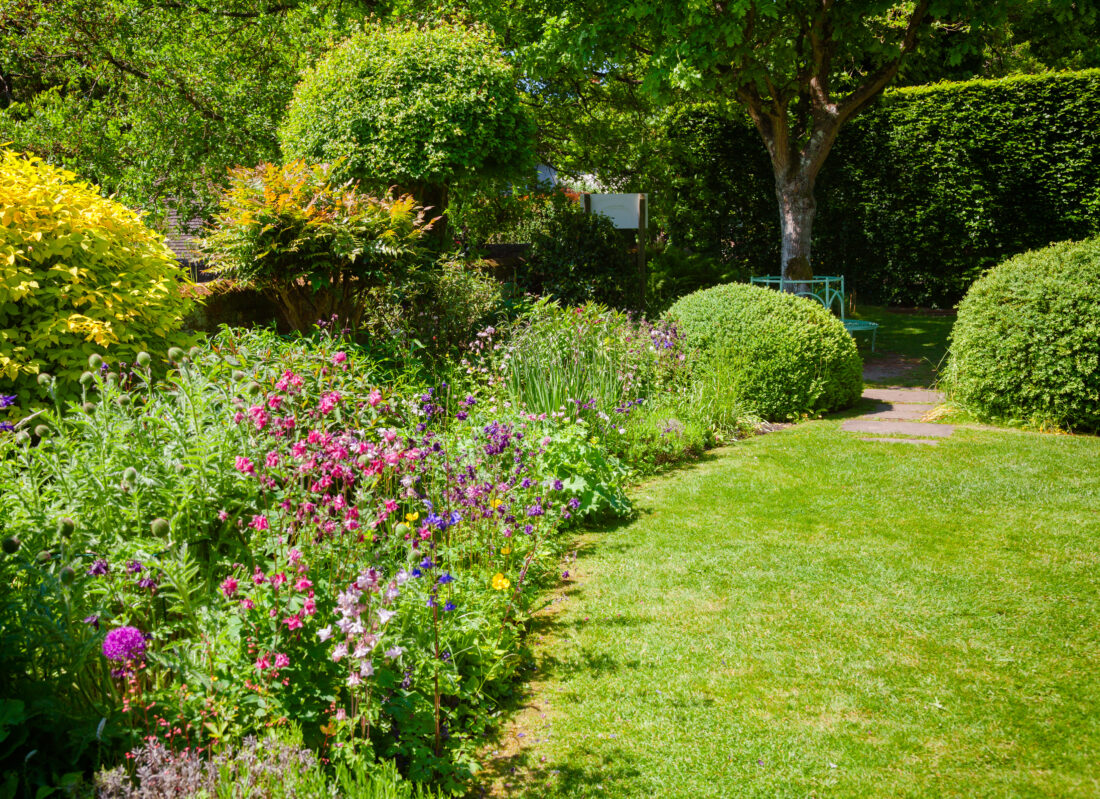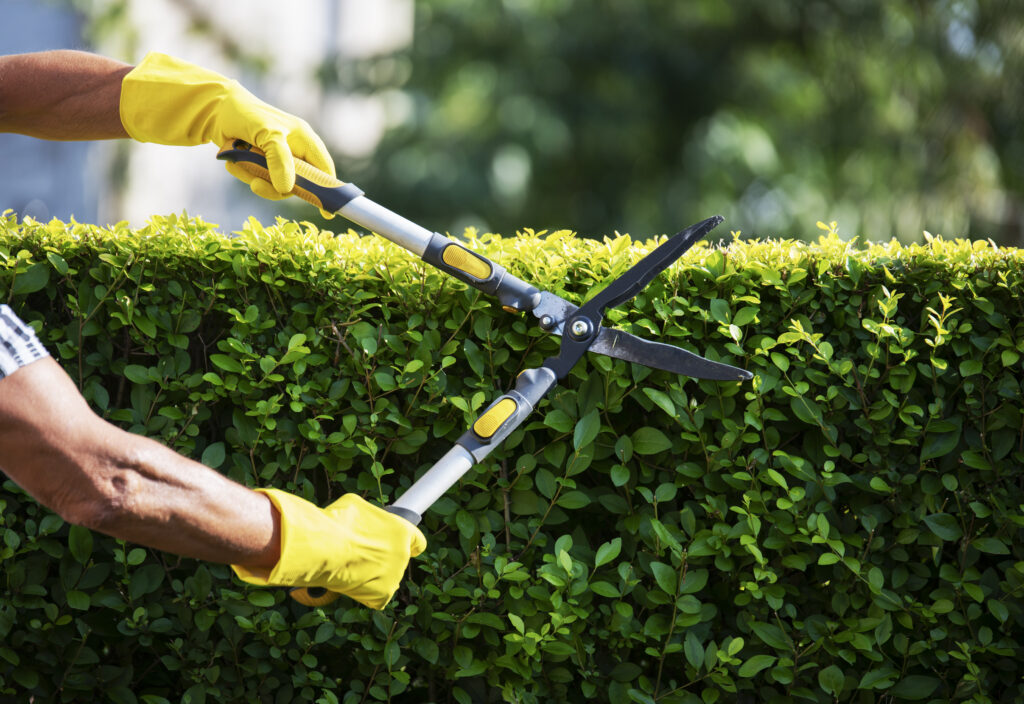Your Guide to Planting a Hedge

Planting a hedge adds a touch of charm and privacy to any garden, creating a natural barrier that can enhance the aesthetics and functionality of your outdoor space. Whatever your desire, hedges are a garden staple.
There are two important things to consider before planting any hedge. The first is what level of exposure will the hedge receive.Certain hedges will not withstand wind burn whereas other varieties such as Hawtorn, Leylandii & Contoneater will not be effected. The second thing to consider is whether you want a deciduous or evergreen hedge.
Planting a New Hedge
Dig over the area you intend to plant -roughly to a spade level depth along the whole way. Removing all weeds/grass if you have not already sprayed a weed killer along the area.
Get a rope the size of the hedge and tie it to 2 small piece of timber either side. Then stick the timber into the ground on both sides of where you intend to plant; this will offer a straight line to plant. This should be roughly about 2/3ft away from the boundary.
Walk along the planting row and set plants out roughly 1ft to 2ft apart for most hedging plants, although this can vary with some hedges check label depending on which hedging you have chosen.
When hedging plants are removed from pots, tease out the roots to allow them to spread.
Dig out the holes of each area you intend to plant and ensure they are straight with a rope. Check the soil and if it is heavy or sandy, it is worth adding in a tree or shrub planting compost.
Now place the plant into the holes and firm up. Repeat this the whole way down until the hedge is fully planted.
Aftercare
With adequate maintenance and care, hedges can be a beautiful addition to any garden. Follow the below steps to watch your garden flourish.
Watering
Keep the hedge well watered after planting, then it should only require watering during dry spells for the first few years until established.
Feeding
Feed with a general purpose granulated feed from spring onwards, this will help the hedge in its early years.
Weeds
Remove all growth from under the base of the hedge. If weeds or unwanted growth continue to cause problems look at adding chip bark around the base.
Pruning and Shaping
In the first year, prune the hedge lightly to encourage branching and a healthy shape. Once established, hedges require regular pruning to maintain their desired shape and size. For formal hedges, use hedge shears to create a uniform appearance. For informal hedges, use hand pruners or loppers to shape the plants

With proper care, your hedge will grow into a lush and attractive addition to your garden. Find everything you need to get you started here.